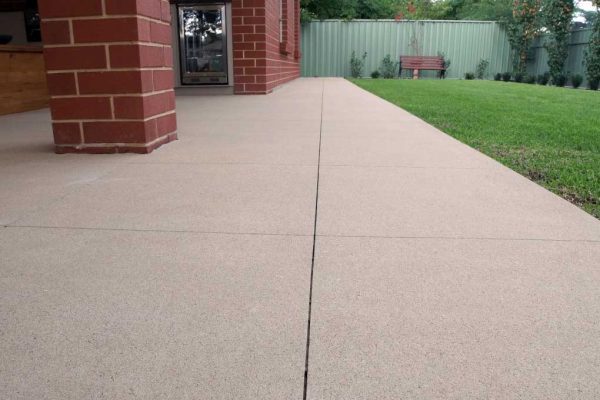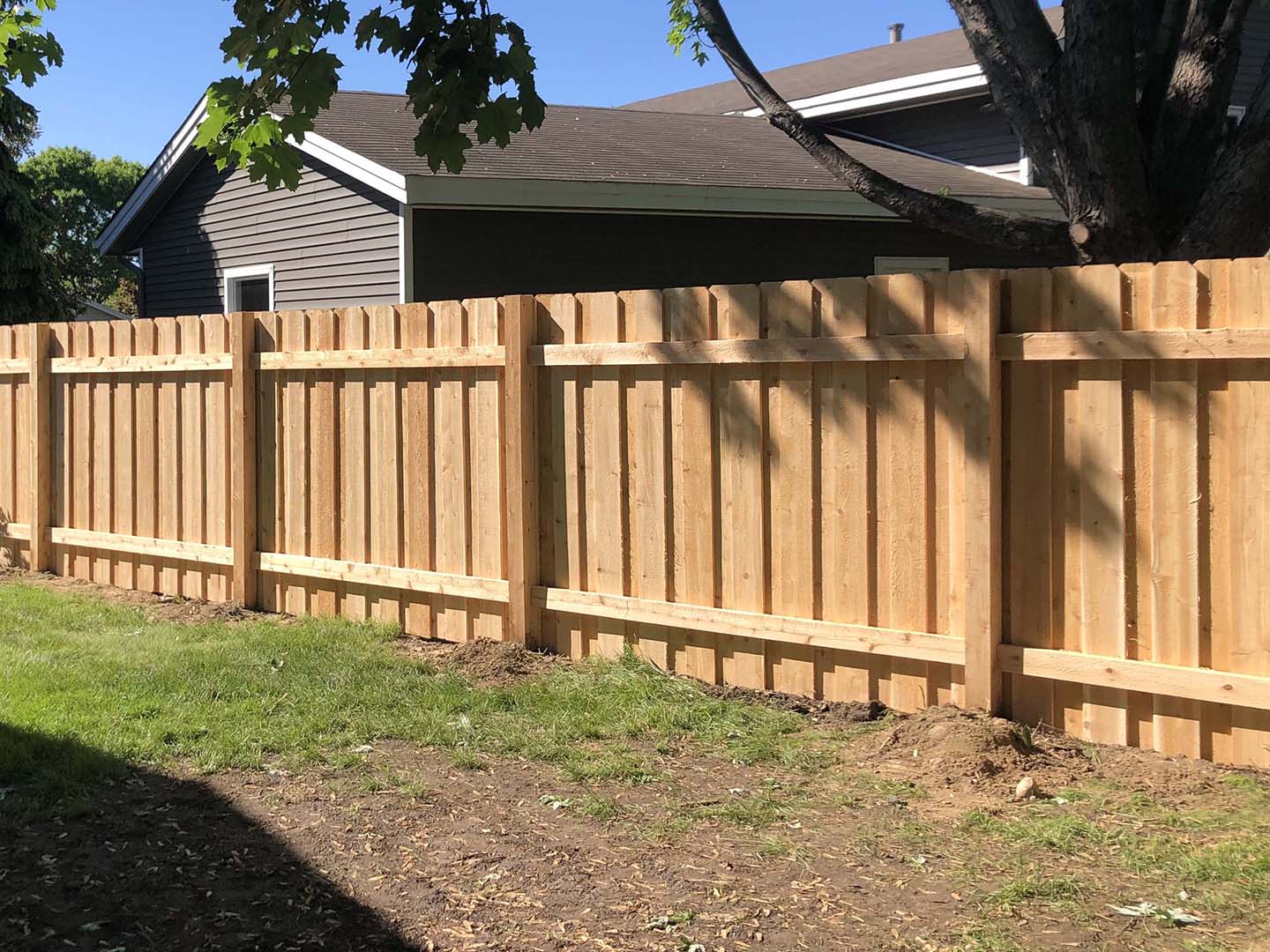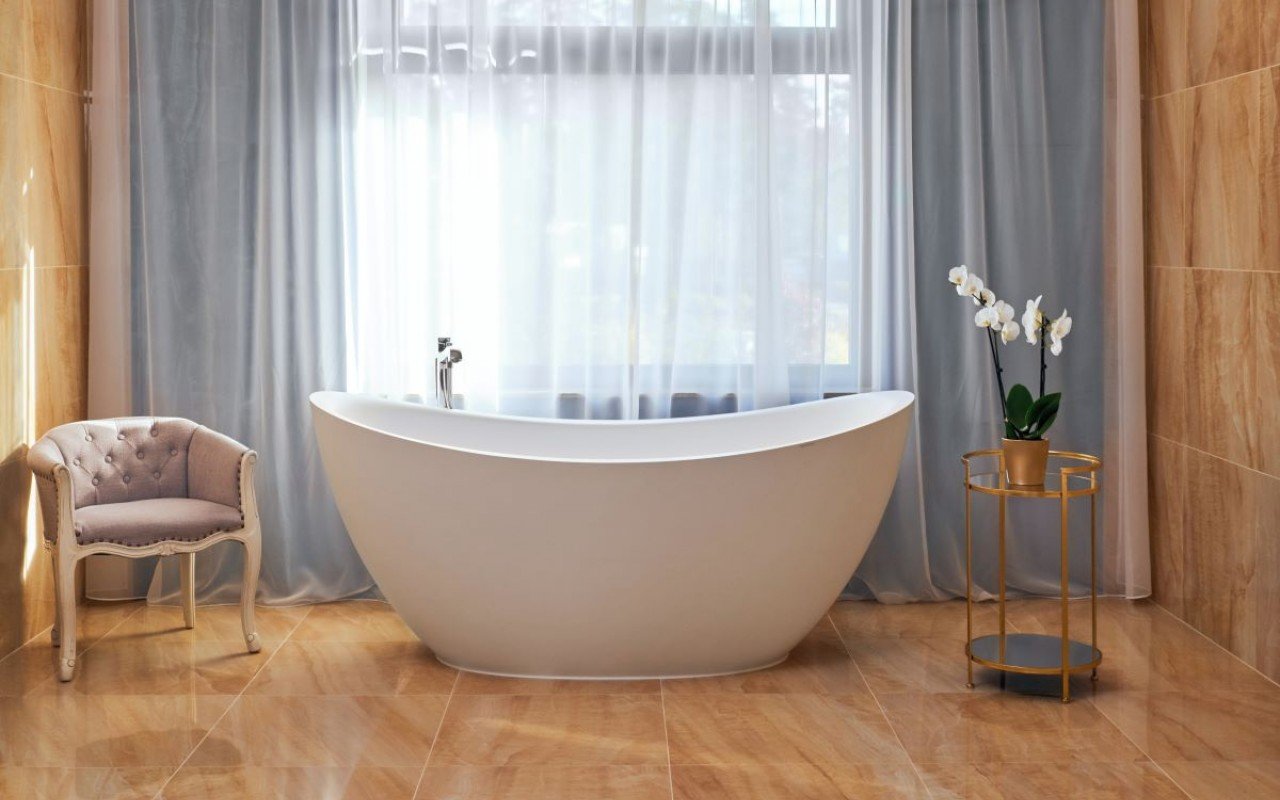
Image Source: Google
When it comes to outdoor living spaces, a well-designed patio can truly transform your backyard into a stylish and functional oasis. Exposed aggregate concrete is a popular choice for patios due to its durability, low maintenance, and aesthetic appeal. Its textured surface adds visual interest and provides a non-slip finish, making it an excellent option for both practicality and design.
You can also contact Panorama Concrete Paving if you are looking for the best exposed aggregate concrete. Here are five stunning design ideas to inspire your own exposed aggregate concrete patio project:
1. Geometric Patterns
Creating geometric patterns with exposed aggregate concrete can add a modern and sophisticated touch to your patio design. By using different colors of aggregate or varying the size of the exposed stones, you can achieve intricate patterns that will enhance the visual appeal of your outdoor space.
Some popular geometric patterns include:
- Chessboard pattern
- Herringbone pattern
- Hexagonal pattern
- Diamond pattern
2. Border Accents
Adding border accents to your exposed aggregate concrete patio can help define the space and create a polished look. Whether you choose a contrasting color of aggregate or opt for a different texture or pattern along the edges, border accents can provide a visually appealing frame for your patio.
Consider these border accent ideas:
- Brick or stone edging
- Stamped concrete borders
- Metal or wood trim
- Planting beds as natural borders
3. Custom Inlays
Custom inlays allow you to personalize your exposed aggregate concrete patio with unique designs or symbols. Inlays can be created using a variety of materials, such as colored glass, ceramic tiles, or even recycled objects, to add a touch of creativity and individuality to your outdoor space.
Explore these custom inlay options:
- Mosaic designs
- Logo or monogram inlays
- Nature-inspired motifs
- Abstract patterns
4. Integrated Lighting
Integrating lighting into your exposed aggregate concrete patio design can enhance the ambiance of your outdoor living space and extend its usability into the evening hours. From recessed LED lights to solar-powered path lights, there are various lighting options that can be incorporated seamlessly into your patio layout.
Popular lighting ideas for exposed aggregate concrete patios:
- Understep lighting for safety and aesthetics
- String lights for a festive atmosphere
- Embedded pathway lights for a subtle glow
- Spotlights to highlight architectural features
5. Seating and Fire Features
Creating designated seating areas and incorporating fire features into your exposed aggregate concrete patio can make it a cozy and inviting gathering spot for family and friends. Whether you opt for built-in benches, a fire pit, or a stylish fireplace, these elements can enhance the functionality and comfort of your outdoor space.
Enhance your patio with these seating and fire feature ideas:
- Built-in concrete benches with cushions
- Fire pit with surrounding seating walls
- Fireplace with a stone or brick surround
- Outdoor furniture arrangement for lounging and dining









